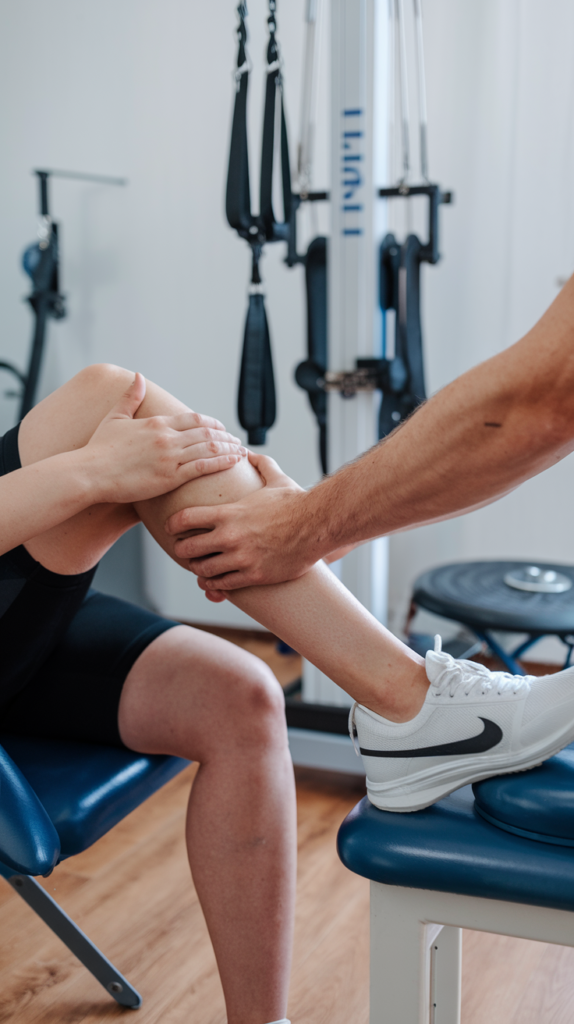Our Experts Fight for Every Dollar You’re Owed
🏆 No Fees Unless We Win • Over $750 Million Recovered • Free Case Review
When dangerous conditions lead to a fall, property owners may try to shift the blame. Our swift-response team preserves vital evidence and builds persuasive cases to secure maximum compensation for:
- Medical Expenses
- Lost Wage
- Rehabilitation Costs
- Pain & Suffering
- Your information is confidential. By submitting, you agree to be contacted about your request.
How We Win Your Case – Step by Step

Connect
Submit our Case Review Form, call (212) 732-2929, or use Live Chat.

Consultation
A legal expert contacts you within 24 hours to explain your options.

Strategy & Investigation
We develop a tailored legal plan, gather surveillance footage, witness statements, and accident reports, then aggressively pursue maximum compensation.
Your Compensation
What You Can Recover:
- Medical Expenses: Hospital stays, surgeries, physical therapy, and rehabilitation costs
- Lost Wages & Future Earnings: Compensation for time missed and long-term income loss
- Disability & Long-Term Care: Home modifications, mobility aids, and adaptive equipment
- Punitive Damages: Additional awards in cases of extreme negligence
Past Settlements:
- $6.6M – NYC Sidewalk Fall
Severe spinal injuries and permanent disability due to a property owner’s failure to repair a known hazard.
- $5.5M – Construction Site Fall
A 4-story fall in Manhattan due to contractor negligence.
- $3.75M – Apartment Stairs Fall
Multiple fractures from years of neglected maintenance.
- $2.1M – Retail Store Fall
Serious head trauma from a trip over loose electrical wires.

Top Causes of Slip, Trip & Fall Accidents in NYC – Know the Risks

Sidewalks & Parking Lots:
- Cracked pavement
- potholes
- icy conditions
Retail Stores & Grocery Stores:
- Spills
- cluttered aisles
- unsafe flooring
Restaurants & Hotels:
- Slippery surfaces
- poor lighting
- missing warning signs
Apartment Buildings & Offices:
- Broken stairs
- loose carpeting
- inadequate maintenance
Public Transportation & Construction Sites:
- Uneven flooring
- spills
- obstacles
What Our Clients Are Saying
Dansker & Aspromonte are professional and caring. I’m thrilled with the outcome of my case!
- Peter Stampfel
My case turned out better than I expected. They got me more than I ever imagined
- Julie Lugo
After my auto accident, I was in pain and scared. D&A handled my case professionally .
- Kevin Valentin
D&A fought hard for my son’s school trip injury case. I would absolutely recommend them!
- Karen Allen
Want to see how we can help you? Get a Free Consultation Today!
How We Build a Winning Case for You:
- Gather Key Evidence: Surveillance footage, photos of unsafe conditions, property records.
- Obtain Incident Reports: Official reports, maintenance logs, and inspection records
- Strengthen with Witness Testimonies: Bystander statements to confirm how the fall occurred
- Consult Medical Experts: Expert evaluations connecting injuries to the accident
- Fight for Maximum Compensation: Aggressive negotiation or trial if needed
- No Fees Unless We Win: You pay nothing upfront

Don't Wait! Get the Compensation You Deserve.
- No Fees Unless We Win!
- Millions Recovered for NYC Slip & Fall Victims
- Award-Winning NYC Personal Injury Lawyers






